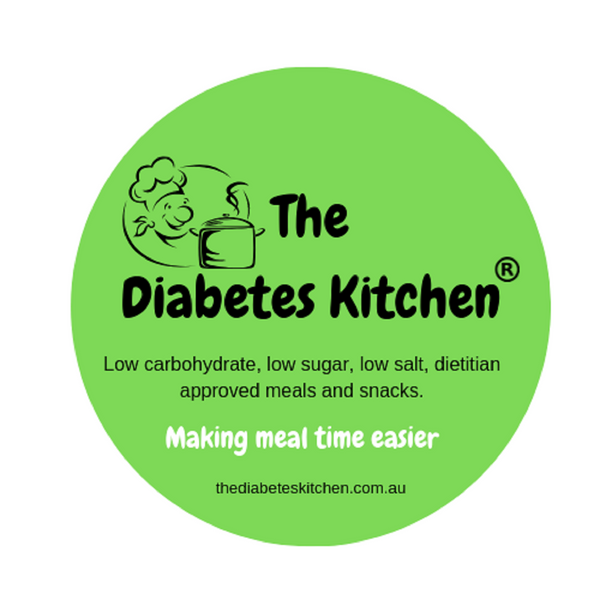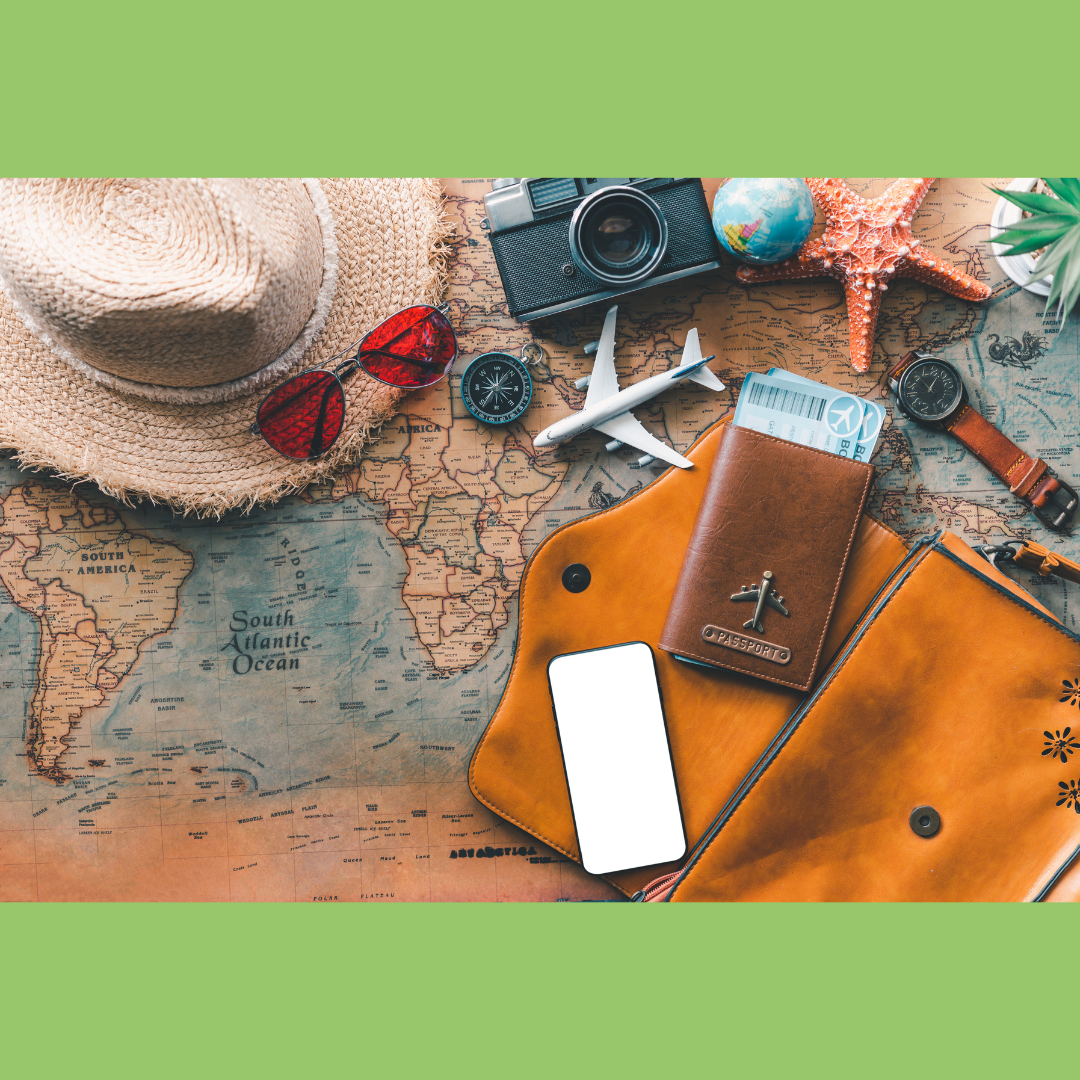Traveling safely when you have diabetes requires careful planning and preparation to manage your condition effectively away from home. Here are essential tips to ensure safe travel with diabetes:
-
Consult Your Healthcare Provider: Before your trip, schedule a visit with your healthcare provider or endocrinologist. Discuss your travel plans, ensure your diabetes management plan is up-to-date, and request any necessary prescriptions or medical documentation.
-
Pack Essential Supplies:
- Ensure you have enough diabetes supplies to last the entire trip, including insulin or oral medications, glucose monitoring equipment (glucometer, test strips, lancets), syringes or insulin pens, and extra batteries for devices.
- Carry extra supplies in case of unexpected delays or loss of luggage.
- Store insulin properly to maintain its effectiveness. Use a travel cooler or insulated pouch with ice packs if needed.
-
Prescriptions and Documentation:
- Carry a letter from your healthcare provider explaining your condition, listing your medications and supplies, and stating that you're allowed to carry these items with you.
- Keep prescription labels on your medications.
- Research and be aware of the specific regulations and requirements for bringing medications and supplies into your destination country if you're traveling internationally.
-
Carry Snacks:
- Pack diabetes-friendly snacks like nuts, fruit, whole-grain crackers, or glucose tablets for quick access in case your blood sugar drops (hypoglycemia).
-
Wear a Medical ID: Wear a medical alert bracelet or carry a medical ID card that indicates you have diabetes. This can provide critical information to first responders in emergencies.
-
Monitor Blood Sugar Levels: Continue to monitor your blood sugar levels regularly, especially if your routine is disrupted by travel. Changes in diet, activity levels, and time zones can affect your blood sugar.
-
Healthy Eating:
- Make nutritious food choices while traveling. Opt for balanced meals with a mix of carbohydrates, proteins, and healthy fats.
- Be mindful of portion sizes and avoid excessive carbohydrate consumption.
-
Stay Hydrated: Drink plenty of water to stay hydrated, as dehydration can affect blood sugar levels. Limit alcohol consumption, as it can lead to fluctuations in blood sugar.
-
Physical Activity:
- Incorporate regular physical activity into your travel plans, but be cautious if you're engaging in strenuous activities.
- Always carry glucose tablets or snacks to treat low blood sugar during physical activity.
-
Time Zone Adjustments:
- If you're crossing multiple time zones, consult with your healthcare provider about adjusting the timing of your medications and insulin doses to match your new schedule.
-
Know Emergency Numbers: Familiarize yourself with the local emergency phone number at your destination in case you need medical assistance.
-
Airport Security: Inform airport security personnel that you have diabetes and are carrying medical supplies. Most countries have procedures in place to accommodate passengers with diabetes.
-
Travel Insurance: Consider purchasing travel insurance that covers medical emergencies, including those related to your diabetes.
-
Language Barriers: If you're traveling to a country where you don't speak the language, learn essential diabetes-related phrases or carry a diabetes-specific translation card.
-
Relax and Enjoy: While it's important to manage your diabetes, don't forget to relax and enjoy your trip. Stress can affect blood sugar levels, so take time to unwind and have fun.
By following these guidelines and staying vigilant about your diabetes management, you can travel safely and confidently, whether for a short weekend getaway or an extended international adventure.
Foods to Travel With
When you're traveling with diabetes, it's essential to have convenient and diabetes-friendly foods on hand to help you manage your blood sugar levels while on the go. Here are some good foods to consider packing for your travels:
-
Fresh Fruits:
- Apples, oranges, berries, and other fresh fruits are portable, nutritious snacks that provide fiber and natural sugars.
- Make sure to pack fruits that are easy to eat without refrigeration or excessive preparation.
-
Nuts:
- Nuts like almonds, walnuts, and pistachios are excellent sources of healthy fats, protein, and fiber.
- They're also convenient to carry and can help curb hunger between meals.
-
Vegetables:
- Baby carrots, cherry tomatoes, cucumber slices, and bell pepper strips make for convenient and low-carb snacks.
- Consider packing them in a small container with a hummus or yogurt-based dip.
-
Nut Butter Packets:
- Single-serving packets of peanut butter or almond butter can be spread on whole-grain crackers or used as a dip for apple slices.
- They provide protein and healthy fats to keep you satisfied.
-
Greek Yogurt:
- Greek yogurt cups are a good source of protein and can be a filling and low-sugar option.
- Look for unsweetened varieties and add your choice of fresh fruit or a drizzle of honey for flavor.
-
Cheese:
- Cheese sticks or individual cheese portions are convenient for snacking.
- They provide protein and calcium but should be stored in a cooler if you're traveling in warm weather.
-
Hard-Boiled Eggs:
- Pre-boiled and peeled eggs are easy to carry and provide protein and essential nutrients.
- They can be a satisfying snack or added to salads.
-
Whole-Grain Crackers:
- Whole-grain crackers are a good source of fiber and carbohydrates.
- Pair them with cheese, nut butter, or slices of lean turkey or chicken for a balanced snack.
-
Trail Mix:
- Prepare your own trail mix with a mix of unsalted nuts, seeds, and a small amount of dried fruits for a balanced snack.
- Watch portion sizes, as dried fruits can be high in sugar.
-
Protein Bars:
- Choose low-sugar protein bars with a good balance of protein and fiber.
- Read labels to ensure they are suitable for your dietary needs.
-
Bottled Water:
- Staying hydrated is crucial. Carry a refillable water bottle to drink water throughout your journey.
- Hydration helps maintain stable blood sugar levels.
-
Instant Oatmeal Packets:
- If you have access to hot water, instant oatmeal packets can be a quick and low-GI breakfast option.
- Choose plain or lightly sweetened varieties.
-
Canned Tuna or Salmon:
- Canned fish in water is a convenient source of protein and omega-3 fatty acids.
- You can enjoy it as a snack or add it to salads.
-
Dried Seaweed Snacks:
- These low-calorie, savory snacks can satisfy cravings for something salty without affecting blood sugar significantly.
-
Low-Sugar Drink Mix Packets:
- If you need to flavor your water, consider carrying low-sugar drink mix packets that you can add to your bottled water.
Remember to check blood sugar levels regularly, especially when you're consuming unfamiliar foods while traveling. Also, consider any dietary restrictions or preferences you have when selecting these foods. Planning ahead and having a variety of options can help you enjoy your journey while managing your diabetes effectively.

